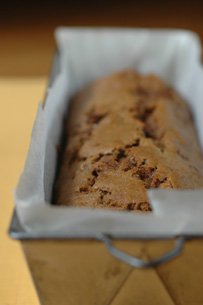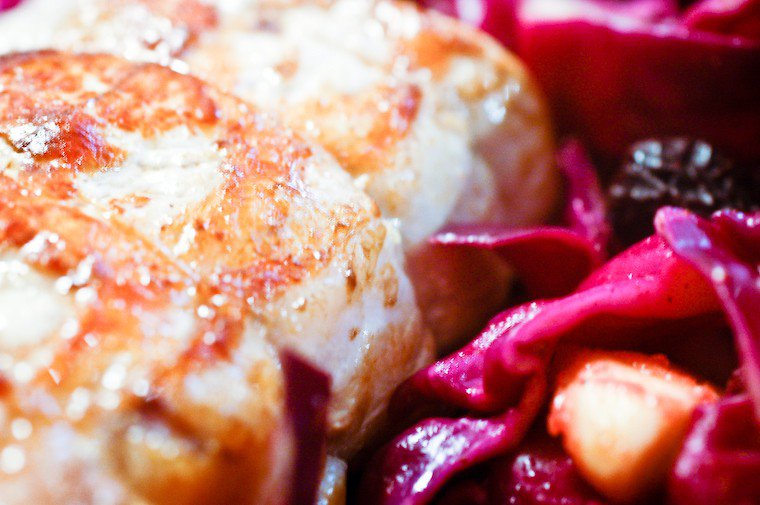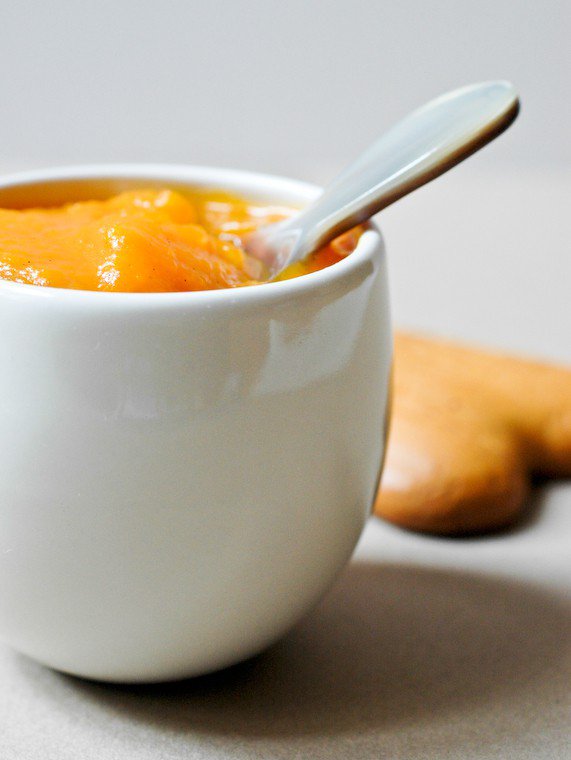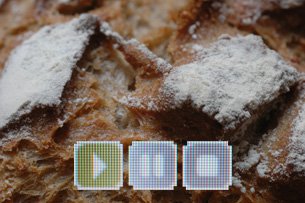
[Flambé Banana Bread with Caramelized Pecans]
One of the things I love the most about kitchen activities is that they come in all shapes and sizes to fit your mood, and how much time you have on your hands. Whether you’re looking for instant gratification or a way to spend some quality moments with your pans and spatulas, there is a project out there that’s perfect for you. And even for one given dish, there are always plenty of options, high-road or low-road, super quick or more involved.
Take banana pecan bread for instance, a.k.a. the most rewarding way to salvage bananas for those of us who always buy far too many at a time. If you’re expecting friends for brunch and you woke up a little late, you can whip one up in under 20 minutes, and it will bake as you shower and set the table. But say you have a lazy Sunday afternoon ahead of you, no obligation of any kind, and a simple desire for something homemade and sweet by tea-time. Perhaps then you will choose to kick things up a notch, caramelize the pecans, and flambé the bananas in a little rum.
A little more time happily spent at the stove, a tad more cleanup — but really, what’s a saucepan and a skillet in the grand scheme of things –, and the reward is this: a warm, moist-crumbed loaf with a top that has developed the shadow of a crisp, crunchy morsels of pecans to encounter in every bite, and a concerto of rich, aromatic flavors brought to you by the bananas, the muscovado sugar, and the rum.







